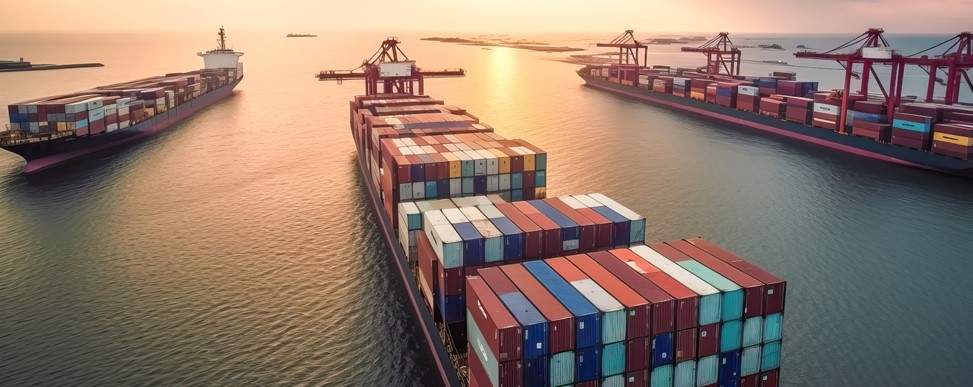MARITIME TRANSPORT: TYPES OF PACKAGING

During sea transport, goods can be subjected to wide temperature variations, considerable movement inside containers during handling, and variations in humidity levels. Packaging helps to preserve product quality and safety throughout transport. That's why it's so important to choose the right packaging to withstand the various transport conditions.
TYPES OF PACKAGING
Packaging is chosen according to the nature of the goods, and is the responsibility of the supplier, as is stowage and chocking, whatever the Incoterm.
Made from a variety of materials, the aim of maritime packaging is to protect cargo against potential risks during transit.
To achieve this, it must have certain characteristics, such as:
- Resistance to pressure and impact
- The material of the packaging, to secure the goods in the event of high heat or humidity. Packaging made of wood (marked ISPM15), metal, paper or foam can provide adequate protection for goods.
Wooden packaging must comply with the International Standard for Phytosanitary Measures ISPM15, which aims to reduce the spread of harmful organisms during transport.
Note that the transport of dangerous goods is subject to specific regulations, particularly in terms of packaging, closures and markings according to product classification (to find out more, consult our article Dangerous Goods: the right reflexes).
Certain types of packaging are necessary for sensitive goods, or those that pose a risk to surrounding products.
For example, certain products, such as cable reels, should be secured to a pallet base. Similarly, if the configuration of a product (e.g. a protruding corner) is such that it is likely to damage surrounding products, it is essential to provide solid corner protection, such as angle irons or other side protection. Glazing and other associated products require the utmost care, and in most cases require wooden or similar crating.
CHOICE OF PACKAGING
In order to choose the right packaging to facilitate handling, it's up to the supplier to list all the constraints to which the product to be packaged will be subject:
- Final shipping destination (determine transport time)
- Mode of transport
- Risk of damage to peripheral goods during storage, stuffing and sea crossing
- anticipated load breaks during transport
- On-site storage time on arrival
The choice is also determined by the nature of the products to be packed, and to do this, it is necessary to assess :
- Level of fragility
- Product material
- Possible support or non-support points
- Center of gravity
- Weight
Our experts can advise and support you in all your international shipments.
Tags: LE GROUPE BALGUERIE BALGUERIE

